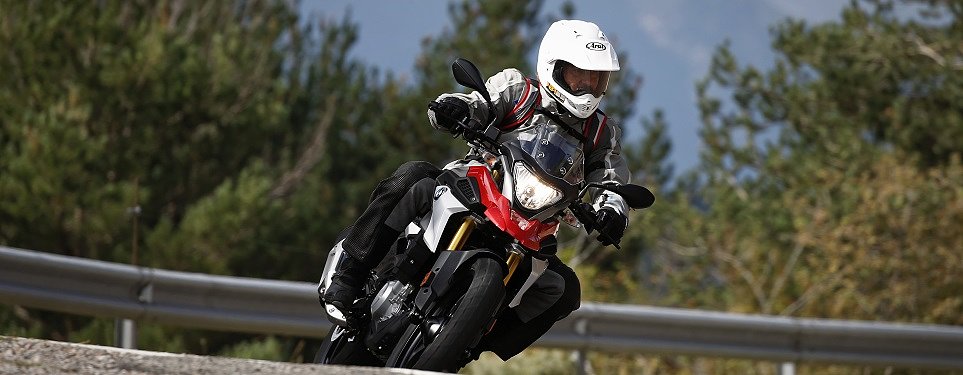What comes to mind if I ask: "What's the perfect motorcycle for the city?"
A burly streetfighter with no fancy fairing to scratch up and plenty of power for muscling through traffic? A scooter that sips gas, won't wear out your clutch hand at 43 consecutive red lights and looks cute enough to get away with parking on the sidewalk?
What if I said the best urban motorcycle is one that was designed to be used far from the city lights? I think a strong case can be made that a small dual-sport is the best choice for city riding.
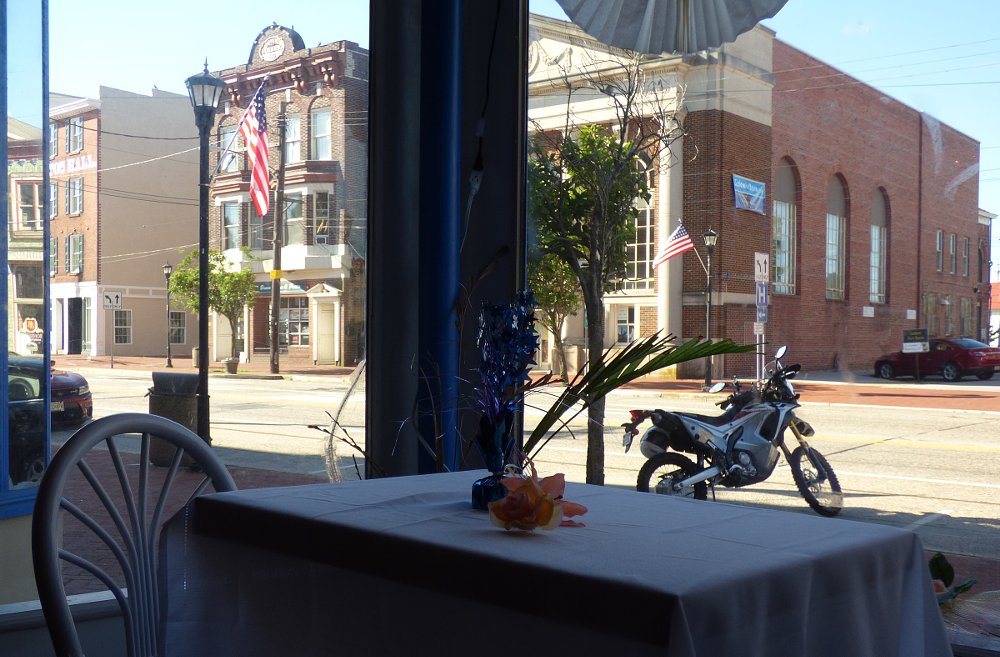
I started thinking about this during my latest visit to RevZilla World HQ in Philadelphia. I took the key to the Honda CRF250L Rally and did some sightseeing, from the sleepiest corners of southern New Jersey on a Saturday morning to weekday traffic in Penn Square around Philly's famous City Hall. Whenever I visit Philadelphia, I'm reminded of how much can change by going from the country's 15th-largest city to the fifth-largest. Traffic becomes more intense, the asphalt more crumbled, the potholes deeper and the parking scarcer.
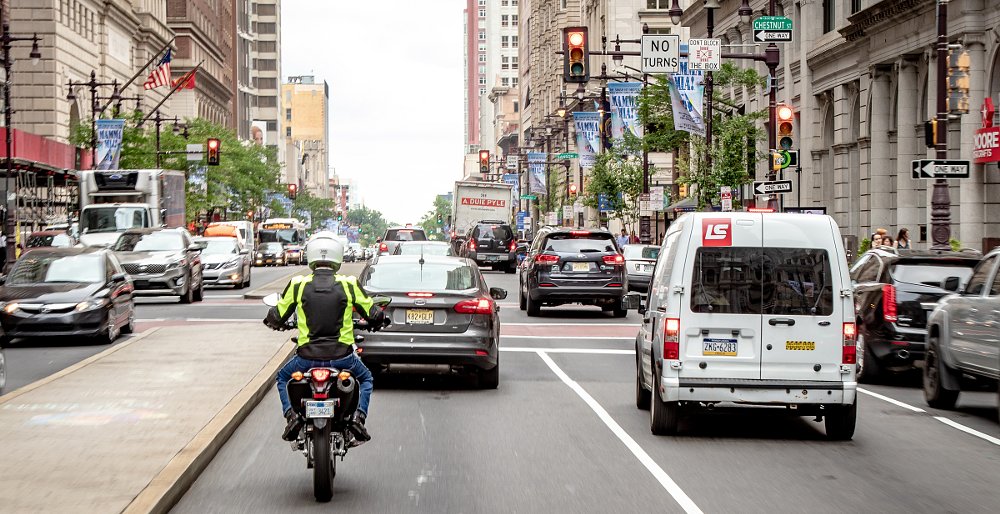
In these waters, a minnow beats a manatee
In the city, a narrow, light, agile bike is more fun to ride than a heavier, powerful one. The little CRF could muster 70 mph on the brief highway stints, when needed, and could squirt away from stop lights as fast as any four-wheel traffic. Its suspension travel, made to soak up the bumps of a country trail, was just as adept at surviving blows from Philadelphia potholes. The upright riding position allowed me to scan traffic for hazards.
We took Spurgeon's truck out as a photo vehicle to shoot these city shots and when we were done, I zipped back to the office and was there nearly 15 minutes before they got back in the pickup. I didn't do any illegal lane-splitting, hop any curbs or ride down sidewalks kicking old ladies. But every traffic snarl caused by a double-parked delivery truck was an opportunity for me to slip by and pass about 10 cars waiting through two cycles of the stop light. No gridlock was too tangled for the Rally to squeeze through. It was just so easy. And fun (or as fun as riding in traffic gets) because it felt like I was getting away with something while around me thousands of people sat trapped in place in their cars.
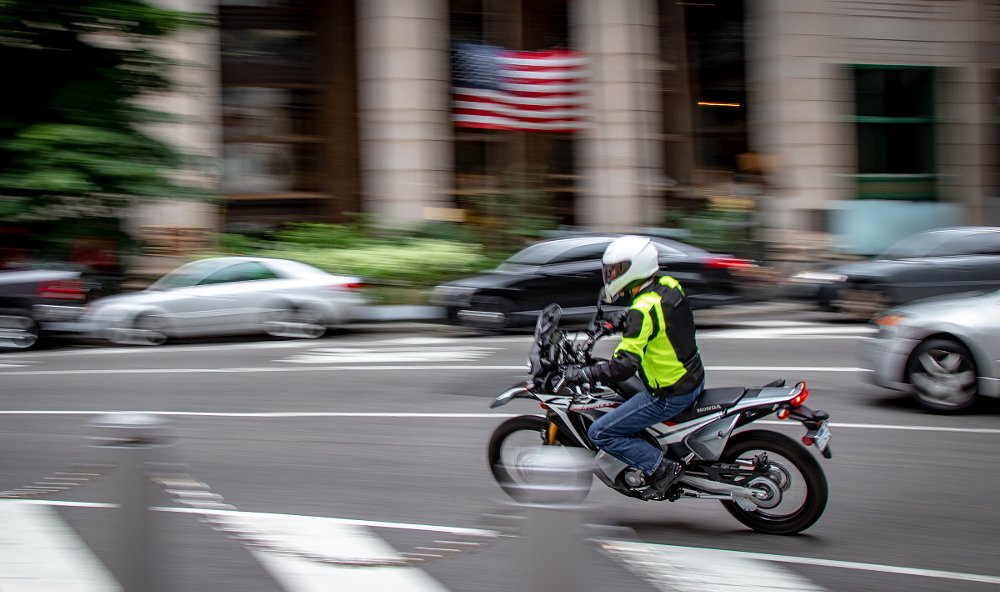
Now I'm not saying the CRF250L Rally is the ideal dual-sport to press into urban duty. As Spurgeon noted in his recent "You needed to know" article, the suspension is really soft. Also, for city riding, as soon as the Rally's stock tires wore out I'd want to replace them with something a little more street-oriented and the rear tire size limits your options a bit (though I strongly suspect I'd be happy with the Pirelli MT90AT tires Spurgeon mentioned).
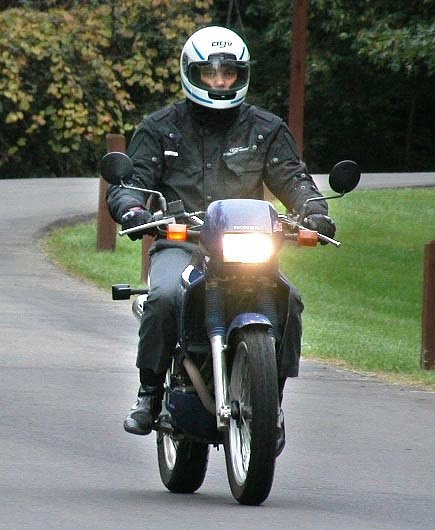
That NX250 cost me just $1,100 to buy, nearly nothing to insure and returned 70 miles per gallon. I put more than 20,000 miles on it — mostly commuting to work, but also one organized dual-sport ride, one logging-road ride in West Virginia and at least one 70-mile two-up backroads Sunday ride with my wife (it was OK — we weren't in a hurry). I got caught in unexpected snow riding home from work and appreciated that the dual-sport tires helped me not crash. It allowed me to post strong finishes every year in the semi-official winter ride-to-work contest one of the guys in the office ran, including my personal record of riding to work one morning at seven degrees Fahrenheit. Then I sold it to a new rider who wanted an inexpensive bike to learn on.
I never got more use per dollar out of a motorcycle in my life.
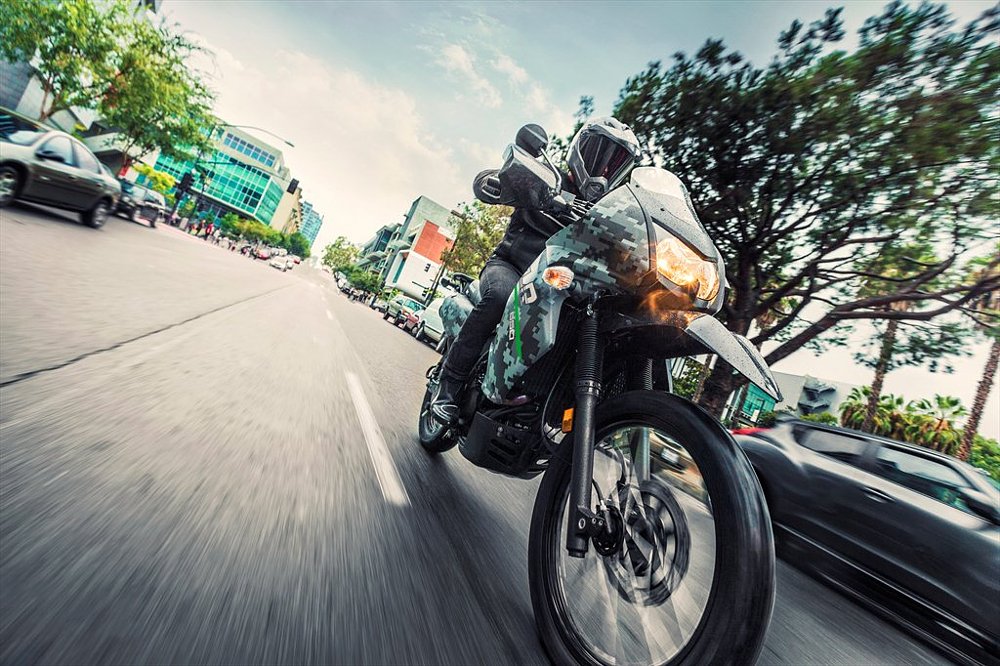
Other options
As I write this, I can imagine the clicking of a keyboard and know that a comment will soon be beamed in from an IP address somewhere in Iowa as a certain regular Common Tread reader argues that the perfect urban motorcycle is not a dual-sport — close, Lance, but not quite — but rather a supermoto. Actually, I'm sympathetic to that viewpoint. The stiffer suspension (but still plenty of travel), stronger front brake and options for sporty street rubber are all advantages that could increase your survival odds in the urban traffic scrum while still providing light weight and agile handling.
In the end, I would say it depends on your particular circumstances and personal preferences. If I had, for example, Spurgeon's commute in Philadelphia, I'd probably go with the dual-sport. If I had the commute I had 10 years ago here in Columbus, Ohio, with smoother and more open streets, I'd probably lean toward the supermoto.
Of course, if I now had the commute I had 10 years ago, there's another factor that would come into play. Maybe in that case the perfect commuter would be not just a dual-sport or a supermoto, but an electric one. No stopping to fill up a two-gallon gas tank yet again, no oil to change, no filters to replace, no valves to adjust. In fact, I'm certain of it. If I had my old 10-mile commute back, I'd have the perfect excuse to go buy a Zero FX or FXS.
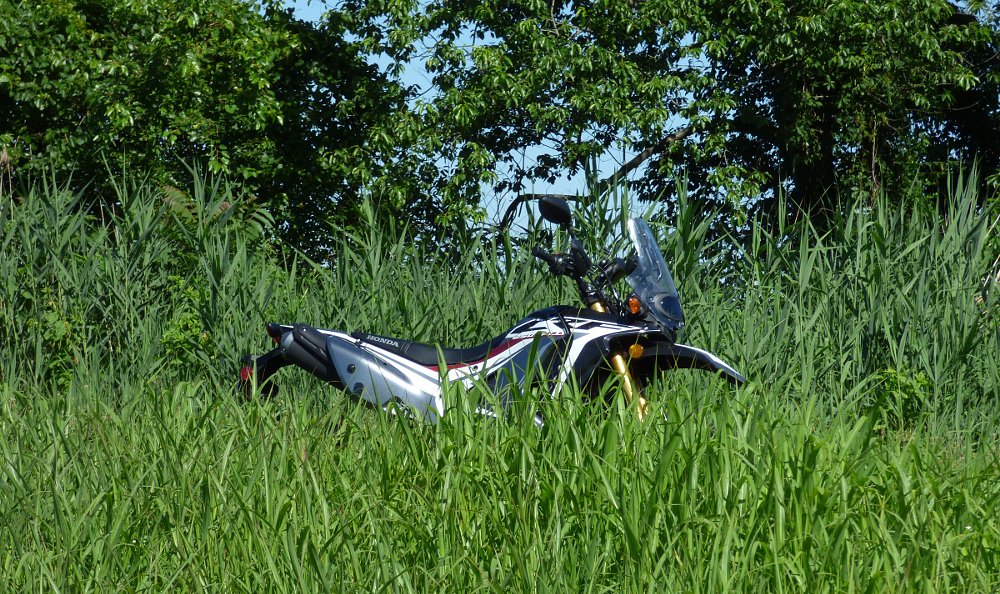
What do you think? Is a motorcycle made for the trail really best in the city?













